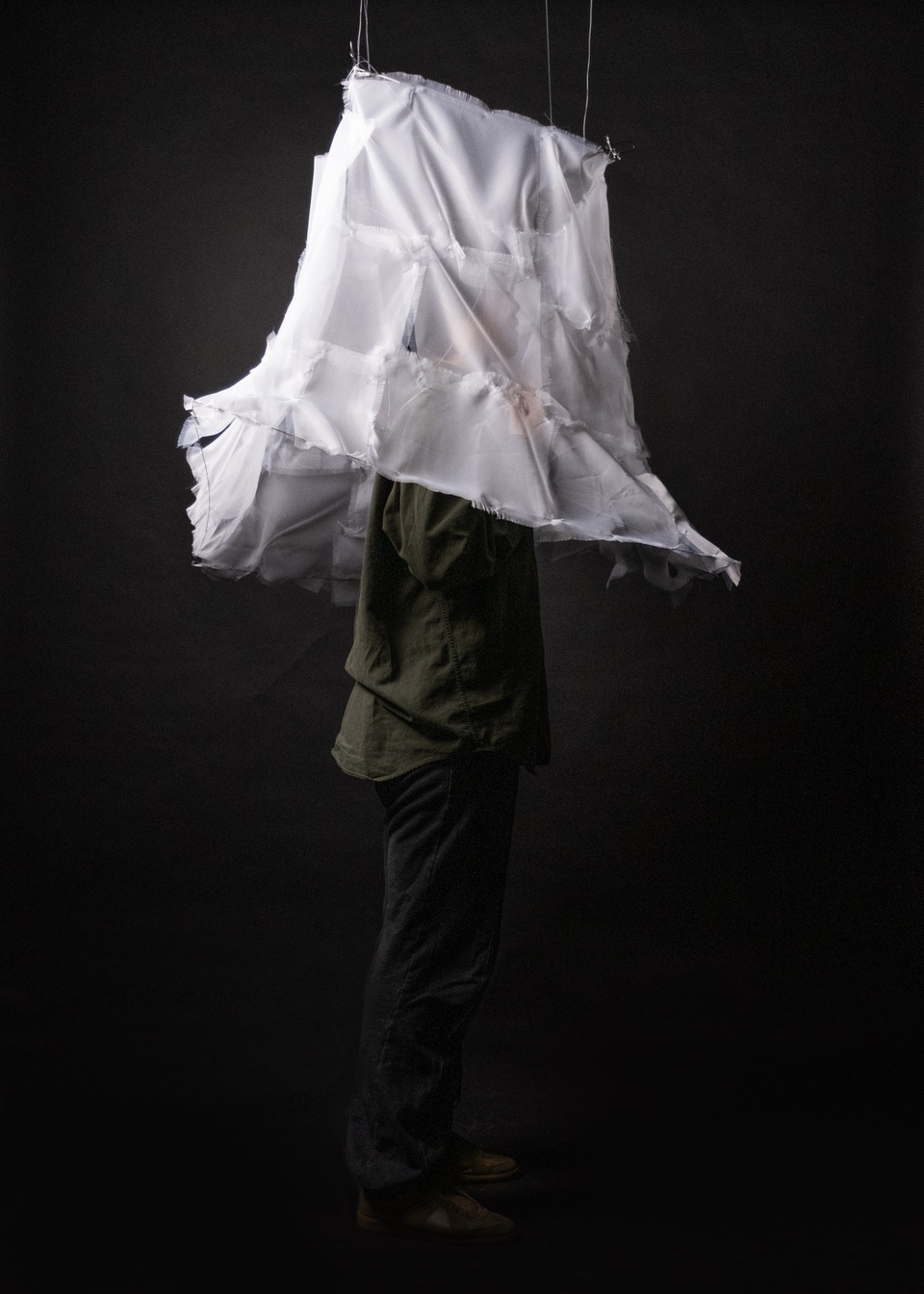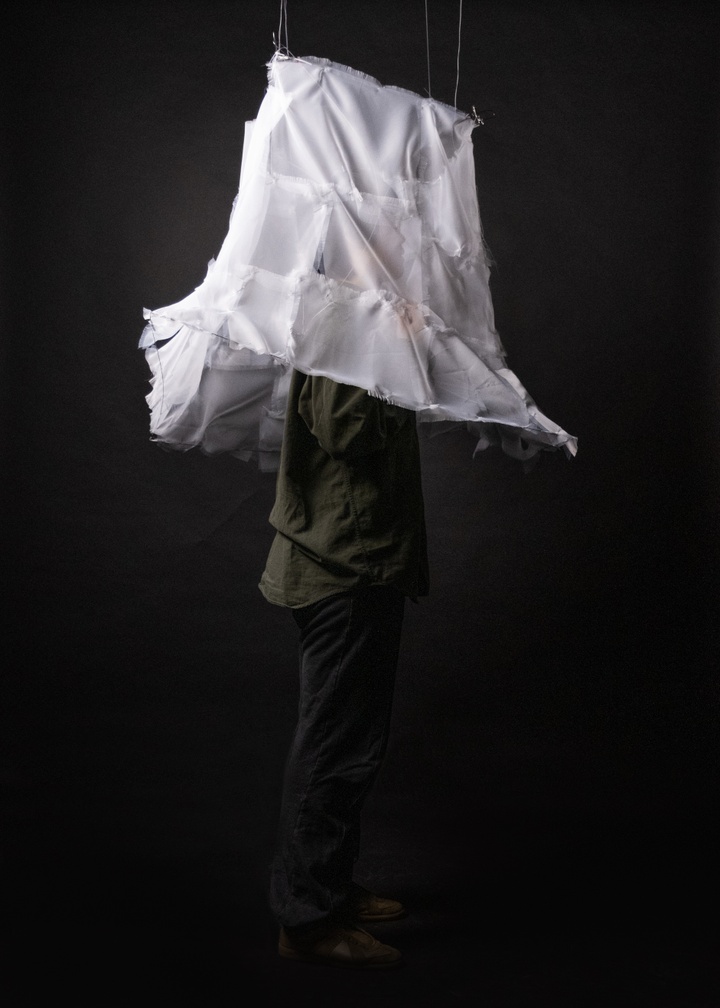2022 Laskey Charrette
2022-02-18 • Sam Fox School

Photo: Devon Hill.
Thirty-eight second-year architecture students in the Sam Fox School participated in the annual Laskey Charrette February 4-6. This intensive, weekend-long workshop honors the late emeritus professor Leslie Laskey’s 35-year tenure on the architecture faculty, and is presented by Studio L in collaboration with the College of Architecture.
The competition, which took place February 4-6, was moderated by Yasmin Vobis (RA, NCARB), co-principal of Ultramoderne and an assistant professor of architecture at Harvard Graduate School of Design, served as the moderator for this year’s charrette. This year’s design brief, A HAT IS A HOUSE, called upon the students to work in teams to “expand the definition of a hat to blur the line that differentiates the personal from the collective,” culminating in the creation of a hat that could be worn by one or multiple people. The full brief is featured below.
Winners of the 2022 Laskey Charrette
1st Place ($1,500)
Dear Liu
Jack Zhang
Kaiwen Wang
2nd Place (Tie; $1,000)
Flora Chen
Catherine Yu
Jessie Smith
2nd Place (Tie; $1,000)
Carlos Cepeda
Kate Herrera
Ella Jones
3rd Place ($500)
Dylan Wei
Anna Malinak
Alexander England
Design Brief: A HAT IS A HOUSE
We don’t normally place HATs and HOUSEs in the same category. But in the end they aren’t that different. HATs structure relationships: between a body and the environment, or between multiple bodies. HATs are lightweight shelters over the body, and can also be expressive elements that mask or amplify identity. As such, they are a basic unit of architecture, with typical architectural elements slightly reconsidered at a softer, more intimate scale (such as structure, windows, and roofs). Just like buildings, they need to address some basic constraints—they must be structured and clearly define the relationship between the inside and the outside—but they may also leave its use more open-ended, and could allow for transformation. The scale of a HAT is relative to a specific body, but when we scale it up, we bring it closer to the notion of a minimal HOUSE.
In this project we are interested in doing just this: to expand the definition of a HAT to blur the line that differentiates the personal from the collective.
This charrette asks you to work closely with your teammates to develop a HAT that can be worn by one or multiple people. How do you work together effectively, in both the generation of concepts, but also in the final production of a carefully crafted HAT?
You will be given two materials with very different properties—voile fabric and piano wire—and as a team you should use them in a strategic combination to speculate on the limits of what a HAT can be.
Recording of Yasmin Vobis’ Laskey Charrette Kickoff Lecture




















